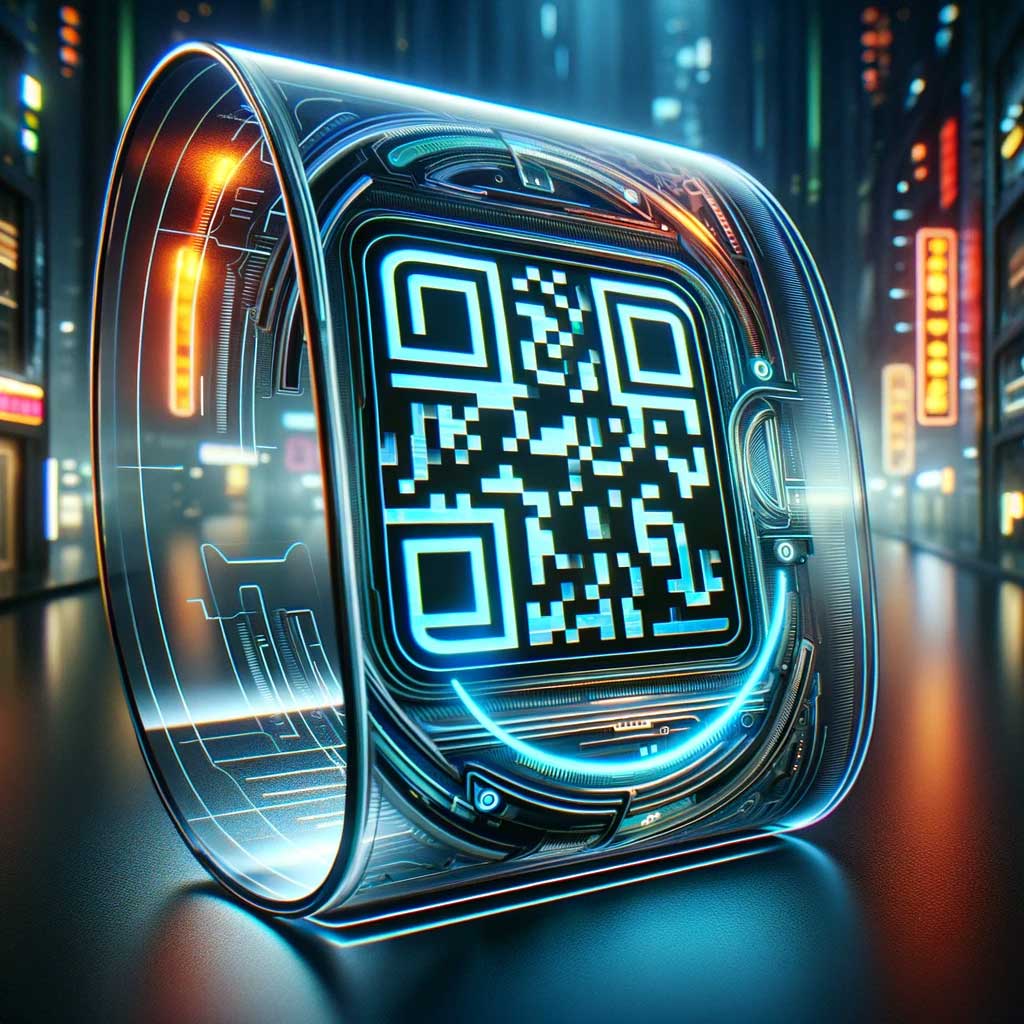QR codes, short for Quick Response codes, have become common place in our daily lives. They are used for various purposes, from accessing websites to making payments. QR Codes Security is an important step in this process.
However, like any technology, QR codes are not immune to security risks. In this article, we’ll explore how you can check QR Codes Security and authenticity.
Firstly the QR Code itself is very secure. Once generated, wether static or dynamic, it will be that way forever. With static QR Codes it places the information directly in the code and then it is locked in. QR Codes Security is always at the creation side.
With a dynamic QR Code it is linked to a database and the database URL is embeded in the QR Code forever. The ability to change that iformation is done through software that accesses the database so the actual QR Code is not changed but the database is.

Checking QR Codes Security
Use a Trusted QR Codes Security Scanner App: To ensure the safety of QR codes, always use a reputable QR code scanner app. These apps often have built-in security features to detect malicious codes.We recommend using Kaspersky’s QR Code scanner as it comes with built-in security to help users ward off any suspicious activity. It also protects from malware and suspicious links and provides a safe experience for iOS and Android users.
Inspect the QR Codes Security: Before scanning a QR code, visually inspect it for any anomalies. Look for irregular patterns, unusual colors, or distorted images. If anything appears suspicious, it’s best to avoid scanning it.
Verify the Destination: After scanning a QR code, check the destination URL or content it leads to. Be cautious if the URL seems unrelated to the advertised purpose. Ensure that it’s a legitimate website or service.
Pay Attention to Permissions: Some QR code apps may request unnecessary permissions, such as access to your camera roll or contacts. Only grant permissions that are essential for the app’s functionality.
Check for Duplications: Be wary of duplicate QR codes placed near the legitimate ones. Criminals may attempt to trick users by placing malicious QR codes next to genuine ones.

Assessing QR Code Security
QR codes themselves are not inherently insecure; the security risks primarily stem from the destinations they lead to. Here are some considerations:
QR Codes Security URL Verification: Always verify the URL or content that the QR code leads to. Ensure that it’s a trusted source, especially when making online purchases or sharing personal information.
QR Codes Security Malware Protection: Keep your device’s security software up to date to protect against malware that may be distributed through QR codes.
QR Codes Security Beware of Phishing: QR codes can lead to phishing websites that aim to steal your personal information. Be cautious when entering sensitive data after scanning a QR code.
Public Wi-Fi: Avoid scanning QR codes in public places when connected to unsecured Wi-Fi networks. Malicious actors may intercept data transmitted during the scanning process.
Educate Yourself on QR Codes Security: Stay informed about QR code security best practices and educate others to recognize potential risks.
QR codes can be a convenient tool, but it’s essential to approach them with caution. By using trusted QR code scanner apps, verifying destinations, and staying vigilant, you can minimize the security risks associated with QR codes.

